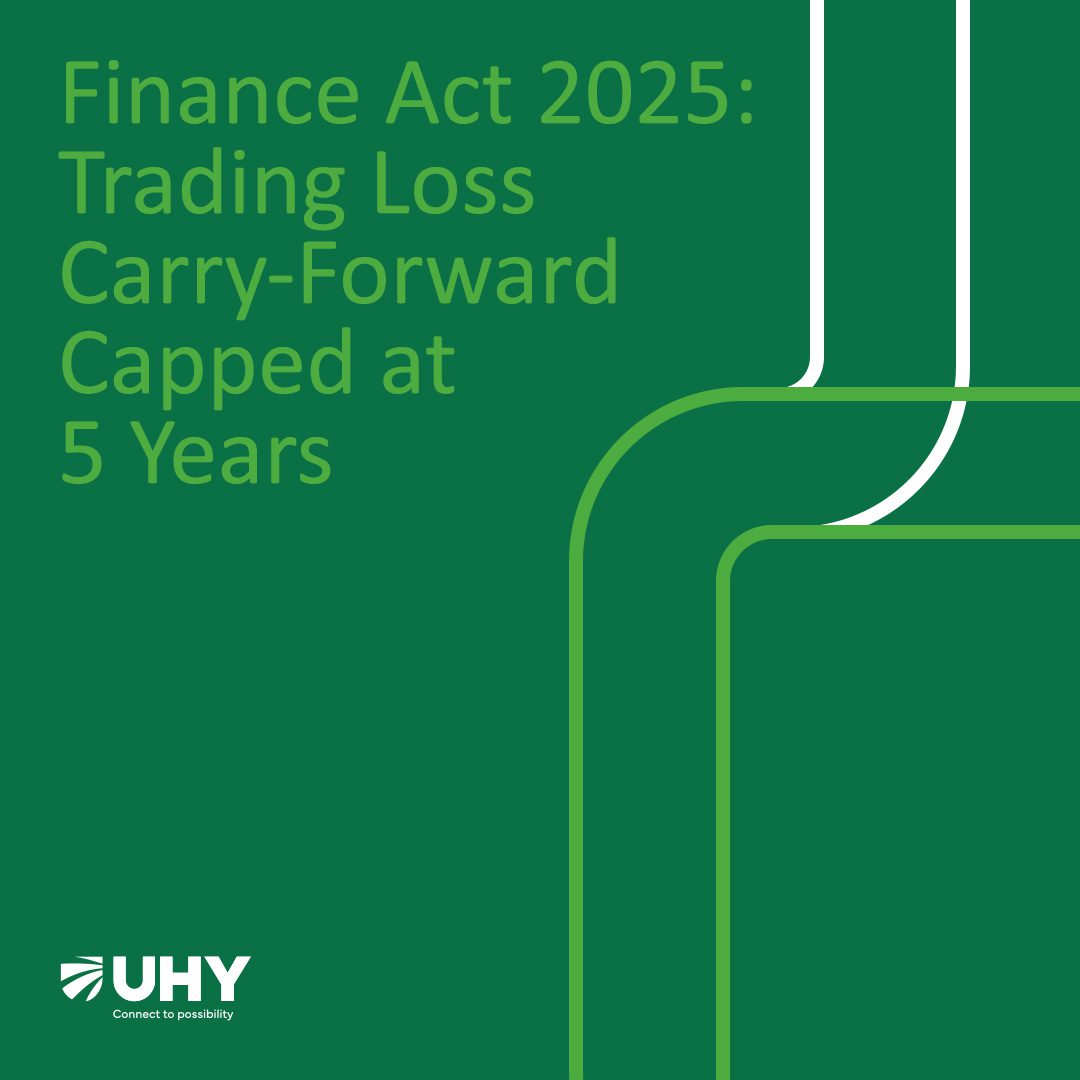Introduction
Tax planning in Kenya has taken another significant turn. The Finance Act, 2025 reintroduced a five-year cap on the carry-forward of trading losses, reversing the indefinite regime introduced in 2021. For many businesses especially in capital-intensive industries such as energy, infrastructure, and manufacturing this change could have far-reaching implications for investment and compliance.
A Brief History of Loss Carry-Forward in Kenya
- 2014: The Finance Act introduced a five-year cap on loss carry-forward, with discretionary extensions by the Cabinet Secretary.
- 2015: The cap was extended to ten years.
- 2021: The cap was removed entirely, allowing indefinite carry-forward a relief for capital-heavy businesses.
- 2025: The Finance Act reinstates a five-year cap under Section 15(4), with limited extension powers under Section 15(5).
Key Changes Under the Finance Act 2025
- Five-Year Cap Reinstated
- Trading losses can only be carried forward for five years from the year incurred.
- Discretionary Extensions
- The Cabinet Secretary may extend the period upon KRA recommendation and taxpayer application.
- However, no clear criteria are defined, creating potential uncertainty and disputes.
- Capital Losses No Longer Offset
- Capital losses can no longer be carried forward to offset future capital gains.
- This exposes investors to Capital Gains Tax (CGT) even where they have prior unutilized capital losses.
Implications for Businesses
- Capital-Intensive Sectors: Energy, infrastructure, and manufacturing businesses may struggle to fully utilize investment allowances within five years.
- Administrative Uncertainty: Discretionary extensions without clear criteria may increase tax disputes.
- No Transitional Relief: Companies with accumulated losses under the old indefinite regime may lose out, undermining investment planning.
- Impact on Investment: By denying deductions and still collecting tax in later years, the changes may discourage new investments.
Conclusion
The reintroduction of a five-year cap on trading losses marks a significant shift in Kenya’s tax landscape. While aimed at boosting short-term revenues, the move could discourage capital-intensive investments and create compliance uncertainty.
Taxpayers need to review their financial strategies, explore extension applications under Section 15(5), and seek professional advice to minimize exposure.
📞 Need Guidance on Navigating Loss Carry-Forward Rules?
UHY Kenya’s tax experts can help you adapt to the new regime, structure your finances strategically, and ensure compliance.
👉 Contact us today:
- ✉️ tax@uhy-ke.com | info@uhy-ke.com
- ☎️ +254 790 723 263 | +254 722 720 147
- 📍 Rainbow Towers, 6th Floor, Muthithi Road, Westlands | Westlands Square Offices, Ring Road, Westlands
- 🌐 www.uhy-ke.com






